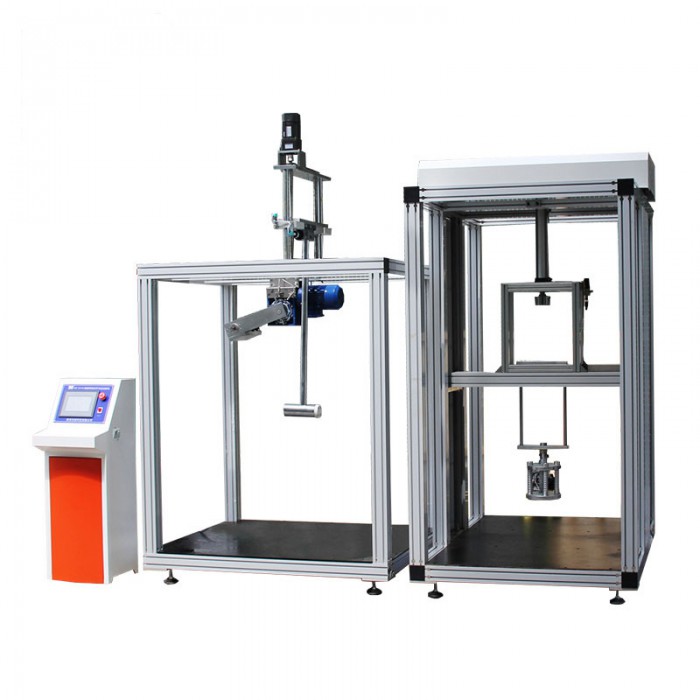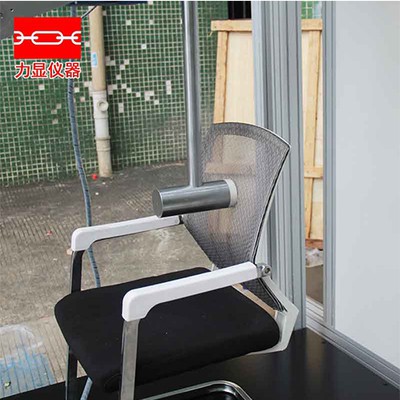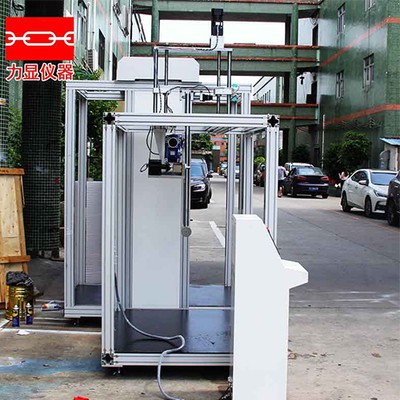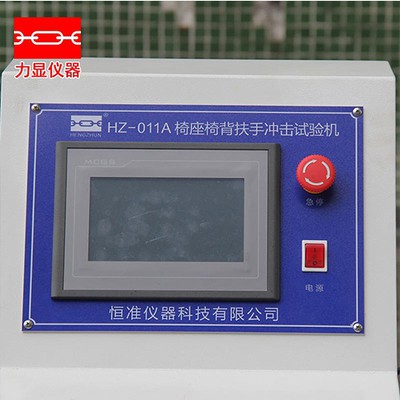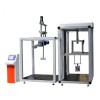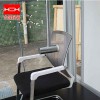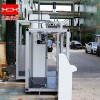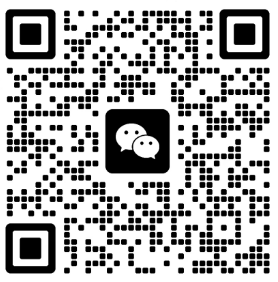- Product Details
Purpose of the chair back armrest impact tester:
Seat impact test:
Place the foam plastic pad on the seat surface. Then place the seat impactor at the height specified in the table, let it fall freely, and impact the following two parts 10 times each:
--The seat impact part determined by the positioning template;
--The most vulnerable part of the seat surface.
If the chair or stool has a soft seat surface, a 20N load should be applied to the seat surface through a small seat loading pad, and the surface after the load is sunken is used as the starting point for adjusting the impact height, and then the test is carried out according to the above steps.
For single-seat and double-seat specimens, each seat should be subjected to the above test, and the specimen with three seats should be subjected to the above test for any side and middle seat.
After the test, check the overall structure of the specimen, record and evaluate.
Chair back impact test:
Put the block against the appropriate position of the front leg of the specimen to prevent forward movement. Place the impact pendulum at the height or angle specified in Table A, let it fall freely around the axis of rotation, and have an outward-inward horizontal impact 10 times toward the middle part of the outer side of the top of the chair back. When testing a stool, impact the middle part of the rear edge of the seat.
When testing a stool without a clear rear edge of the seat, the impact force should be applied in the direction that is most likely to cause the stool to tip over.
If the chair is equipped with a pillow, place the block against the outside of the chair leg in the opposite direction of the impacted pillow, so that the impact pendulum is at right angles to the outer surface of the top of the pillow, and impact the most vulnerable part.
For single-seat and double-seat specimens, each seat should be tested. For specimens with three seats, the above test should be performed on any side and the middle seat.
After the test, check the overall structure of the specimen, and make records and evaluations.
Armrest impact test:
Place the block against the appropriate position of the chair leg of the specimen to prevent it from moving to one side, then place the impact pendulum at the height or angle specified in the table, let it fall freely, and impact the most vulnerable part of the armrest surface on the side that is not anti-slip from the outside to the inside in a horizontal direction 10 times.
After the test, check the overall structure of the specimen, and record and evaluate.
Technical parameters of chair backrest impact tester:
1. Machine shape: 1165*2600*3000 mm (approximately)
2. Control mode: PLC
3. Display mode: touch screen display
4. Power supply voltage: input according to the nameplate
5. Air source pressure: >0.8 MPA
6. Cycle number: 0-98000 can be set
Purpose of the chair back armrest impact tester:
Seat impact test:
Place the foam plastic pad on the seat surface. Then place the seat impactor at the height specified in the table, let it fall freely, and impact the following two parts 10 times each:
--The seat impact part determined by the positioning template;
--The most vulnerable part of the seat surface.
If the chair or stool has a soft seat surface, a 20N load should be applied to the seat surface through a small seat loading pad, and the surface after the load is sunken is used as the starting point for adjusting the impact height, and then the test is carried out according to the above steps.
For single-seat and double-seat specimens, each seat should be subjected to the above test, and the specimen with three seats should be subjected to the above test for any side and middle seat.
After the test, check the overall structure of the specimen, record and evaluate.
Chair back impact test:
Put the block against the appropriate position of the front leg of the specimen to prevent forward movement. Place the impact pendulum at the height or angle specified in Table A, let it fall freely around the axis of rotation, and have an outward-inward horizontal impact 10 times toward the middle part of the outer side of the top of the chair back. When testing a stool, impact the middle part of the rear edge of the seat.
When testing a stool without a clear rear edge of the seat, the impact force should be applied in the direction that is most likely to cause the stool to tip over.
If the chair is equipped with a pillow, place the block against the outside of the chair leg in the opposite direction of the impacted pillow, so that the impact pendulum is at right angles to the outer surface of the top of the pillow, and impact the most vulnerable part.
For single-seat and double-seat specimens, each seat should be tested. For specimens with three seats, the above test should be performed on any side and the middle seat.
After the test, check the overall structure of the specimen, and make records and evaluations.
Armrest impact test:
Place the block against the appropriate position of the chair leg of the specimen to prevent it from moving to one side, then place the impact pendulum at the height or angle specified in the table, let it fall freely, and impact the most vulnerable part of the armrest surface on the side that is not anti-slip from the outside to the inside in a horizontal direction 10 times.
After the test, check the overall structure of the specimen, and record and evaluate.
Technical parameters of chair backrest impact tester:
1. Machine shape: 1165*2600*3000 mm (approx.)
2. Control mode: PLC
3. Display mode: touch screen display
4. Power supply voltage: input according to the nameplate
5. Air source pressure: >0.8 MPA
6. Cycle times: 0-98000 can be set

